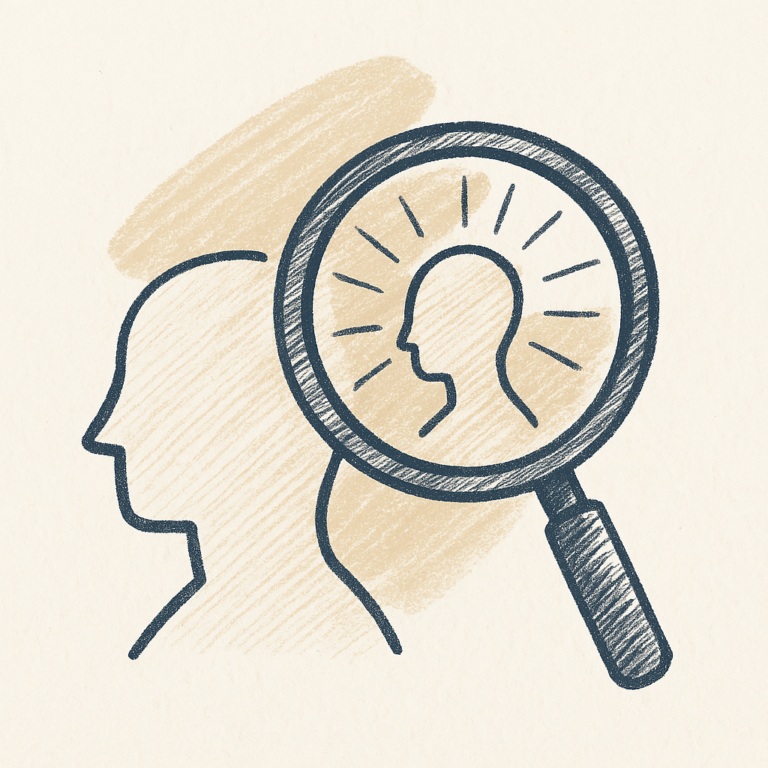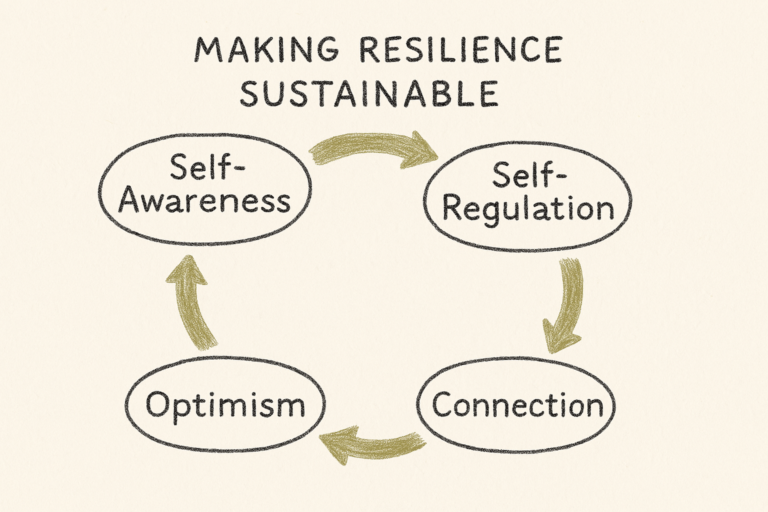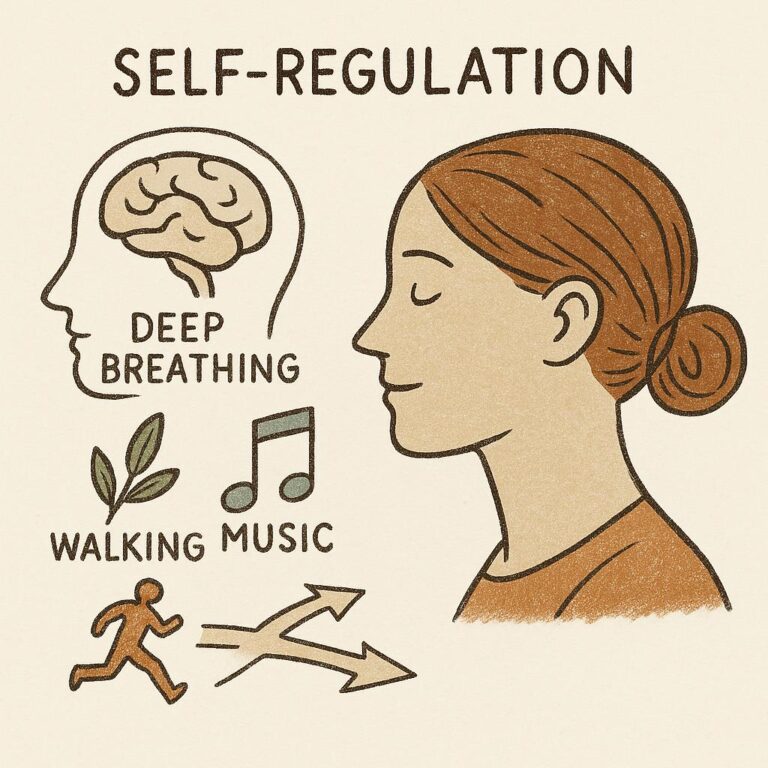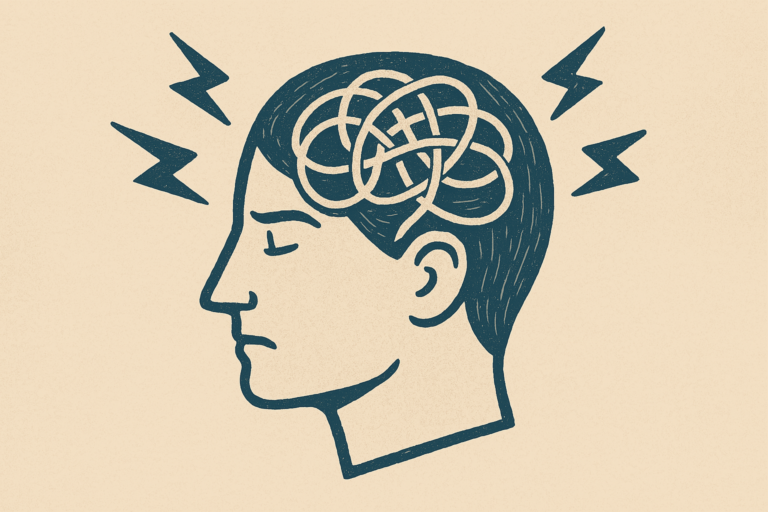Know your Stress Reflex
What Your Body’s First Reaction to Stress is Trying to Tell You
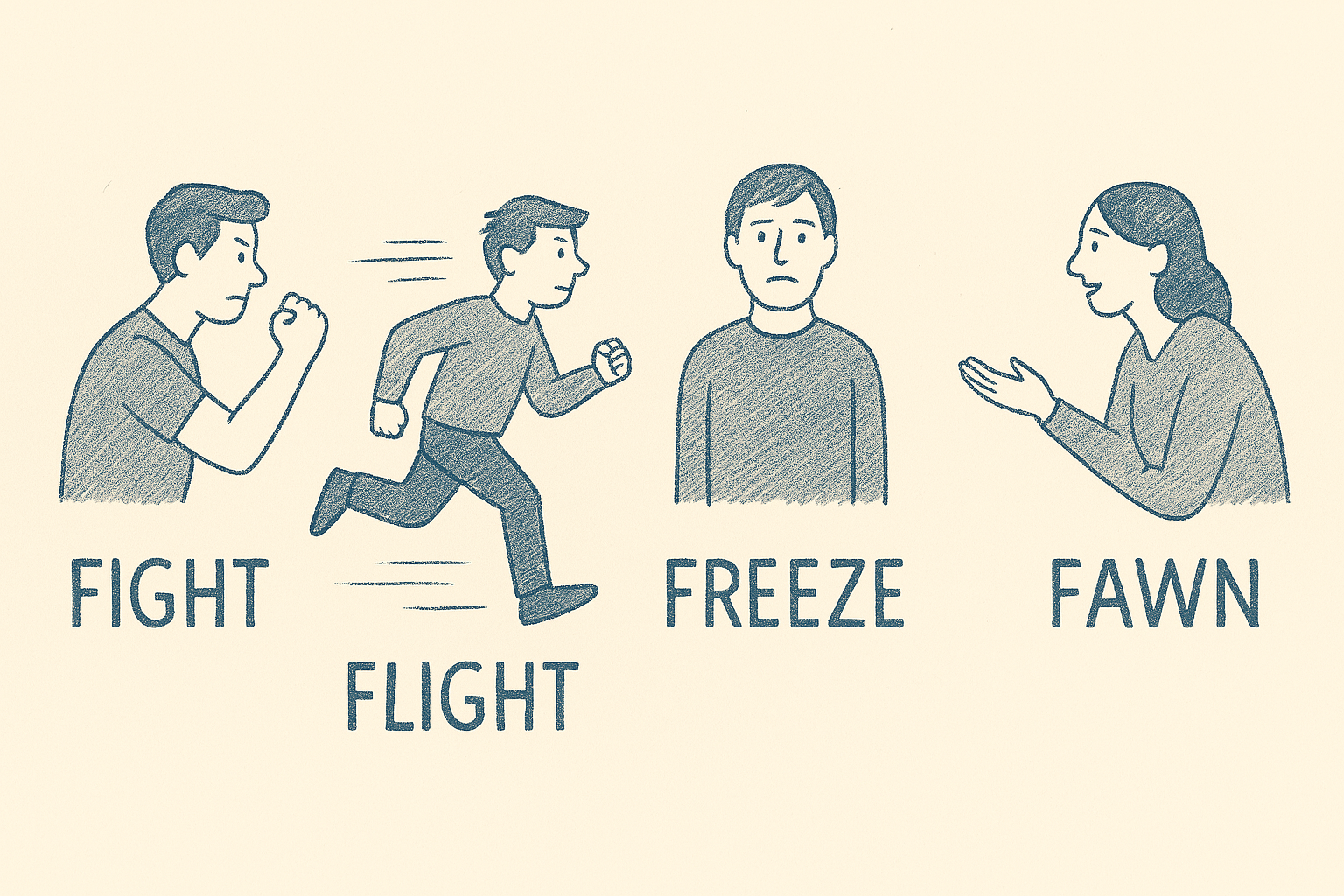
You already have a built-in alarm system for danger. It’s ancient, automatic, and designed to keep you alive. However, in today’s world, that same system often misfires—activating not just during true emergencies, but also in response to emails, meetings, deadlines, or family tensions.
This is your physiological stress reflex, and learning to recognize it is a game-changer.
Your brain isn’t wired to enjoy stress—it’s wired to survive it. When your nervous system perceives a threat, it shifts into one of four reflexes:
- Fight – You get angry, irritable, or combative.
- Flight – You avoid, flee, or overwork to escape discomfort.
- Freeze – You shut down, go numb, or struggle to make decisions.
- Fawn – You people-please or over-accommodate to feel safe.
These are survival responses—your body’s way of keeping you safe. But when the “threat” is emotional (a rude email, an uncomfortable conversation, uncertainty about your job), the physical reactions can still hijack your system. You might not notice the trigger—but you’ll feel the effects: a racing heart, tight shoulders, clenched jaw, fidgeting, brain fog, or the sudden need to “just fix everything” or withdraw completely.
These responses aren’t weaknesses—they’re survival strategies. These patterns may have started in childhood. “Fawn” is the newest recognized stress response. This can often begin as a result of deep trauma. But the same reflex can happen when you feel stressed about something where flight, fight, or freeze may not be a valid choice, such as in a work situation.
But when they become habitual, they can steer us away from the choices that really serve us.
Awareness Creates Possibility
Tweet
Stress doesn’t always look like panic. Sometimes it looks like busyness, zoning out, or saying “yes” when you mean “no.” Building resilience grows the power to respond—rather than react.
What’s your resilience level? Take the quiz at opalcoaching.com
#Resilience #StressReflex
Awareness Creates Possibility
Stress doesn’t always look like panic. Sometimes it looks like chronic busyness, zoning out with your phone, or saying “yes” when you mean “no.” Recognizing your default reflex gives you the power to respond—rather than react.
Below, you will find something to do, read, and watch. I have included one thing to reflect on, a nudge to prompt a resilience practice, and a short thought to reset your resilience. I follow with two sources to continue building your resilience toolkit.
To Do

Reflect: Which stress reflex shows up most often for you? How does it affect your decisions, energy, or relationships?

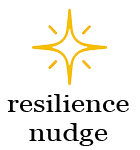
Nudge: Even naming what you’re experiencing can regulate your nervous system and reduce reactivity.
- Next time you feel off, pause and ask, What stress reflex am I in?
Label it: Fight? Flight? Freeze? Fawn? - Ground yourself: Press your feet to the floor. Breathe in for 4, out for 6.
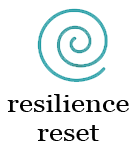
Reset: You can’t shift what you don’t notice. And you can’t choose a new response until you know your current one.
To Read
“The Body Keeps the Score” by Dr. Bessel van der Kolk
A foundational book for understanding how the body stores and reacts to stress and trauma. While it dives deep, even the early chapters offer incredible insight into fight/flight/freeze/fawn responses and healing.
To Watch
How to make your stress work for you. A 5-minute animated video where Shannon Odell shares best practices for dealing with the stress we deal with today.
Next
In our next article, we’ll explore the mental loops that keep stress stuck—Mind Traps distort your thinking and narrow your options. Recognizing these loops is the next tool in your resilience toolkit.

